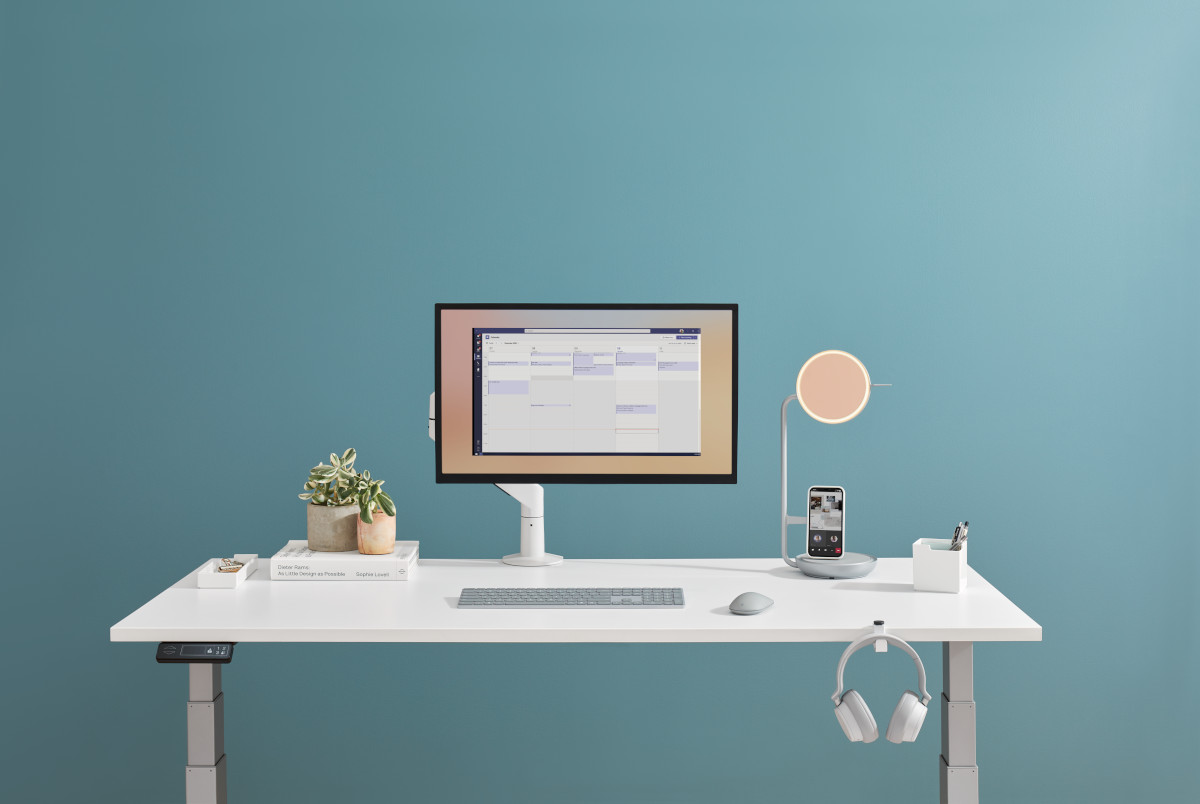To say how and where we work has changed would be an understatement. Gone are the days of busy office complexes flooded with people and packed parking lots. Now, corporate campuses and downtowns are more sleepy than busy as workers opt to either stay home or enjoy some kind of hybrid arrangement. In fact, 61% of people surveyed said they are working from home because they want to, while 38% are because their office is closed, according to findings from Pew Research Center. The fallout from this is far and wide, affecting many aspects of our economy and population. We see news stories about how restaurants and retail have had to pivot, but very few stories on the impact all of this has had on people with disabilities, who, for decades, have been protected by law against discrimination in the workplace. And with remote and hybrid work being the mode of choice for the majority, it’s imperative that businesses create an environment that accommodates all their employees.
Setting Up for Success
One out of every five people worldwide has some sort of disability. That’s 20 percent of the population, and with remote work providing greater flexibility in location and schedule, those with disabilities can be easily accommodated, resulting in a more inclusive and diverse workforce. In fact, people with disabilities are 11 percent more likely to prefer a hybrid work model than those without disabilities, according to research by consulting group, McKinsey. That same survey found that people with disabilities were 14 percent more likely to leave a job that didn’t offer hybrid work. But creating an inclusive workplace is more than simply providing the option for people with disabilities to work from home. And while you may consider allowing a fully remote option for team members with disabilities while offering others a hybrid option, it’s critical not to assume those employees don’t want to come into the office and to support however they choose to work.
For those team members who choose to work remotely, you can help optimize their home office to ensure comfort and productivity. Whether it’s proper lighting, an extra monitor, a standing desk or a set-up that is ergonomically correct, investing in the health and safety of your team members ensures everyone, including those with disabilities, has the foundation for equal performance potential.
Technology also plays a major role in accommodating your hybrid employees, so it’s important to audit the software and solutions you use to ensure they have the needed capabilities for your employees with disabilities, such as closed captioning, screen readers, voice to text (and vice versa), searchability and the like.

Don’t Forget About the Office
Office spaces are being reimagined, with more open spaces to meet and huddle, and smarter conference rooms to accommodate those who are physically there and those who are meeting remotely. Not only does that mean having the right tools for virtual meetings, but also thinking about things like how to configure the seating arrangement should a remote employee need a sign language interpreter.
And you need to think about the furniture for the conference rooms and meeting spaces, too. You want your office space to be comfortable for everyone, so the furniture should be adjustable, adaptable and easy to move. Height, weight and even the color and patterns of furniture can play a role in an employee’s experience, so you want to get it right.
Of course, these waters are uncharted and there is no one way to set your office – and your staff – up for success in a hybrid model. Look at it as fluid while you get the kinks out and be prepared to adapt and change as issues come up. Communicate with your employees to ensure you know what’s working and what’s not and lean on your partners and vendors for assistance. Above everything else, look at this as an opportunity to create a truly inclusive environment.
Do you have a project in mind? Contact us to discuss how our solutions can help create more inclusive experiences.

